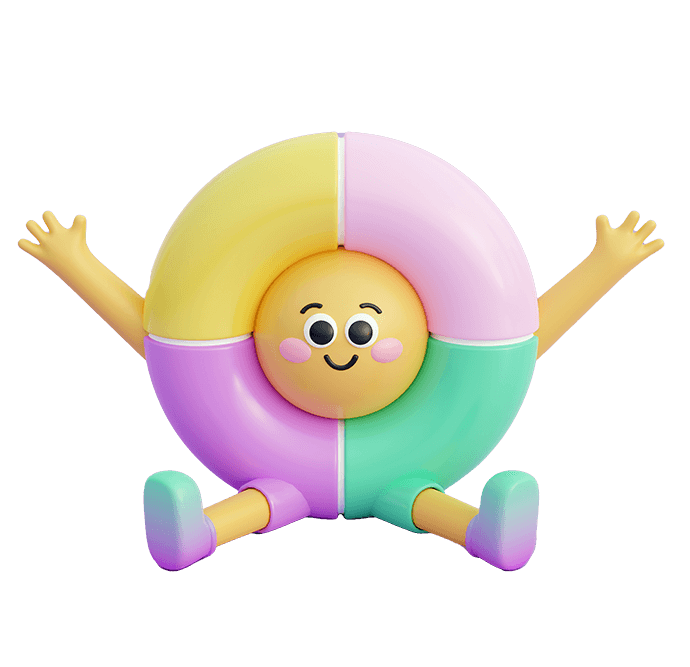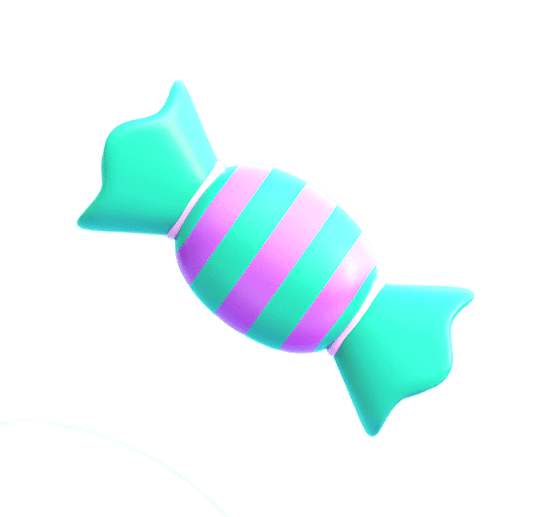Plush toys are more than just soft, cuddly companions; they have become iconic symbols of childhood, comfort, and even nostalgia for many adults. But have you ever stopped to consider the deeper meaning of plush toys? What makes them so universally adored, and why do they hold such emotional value? Understanding the origins, materials, cultural significance, and emotional benefits of plush toys can give you a greater appreciation for these beloved objects.
Plush toys, often made from soft fabric and stuffed with materials like polyester fiber or cotton, serve as comforting companions for people of all ages. Their cultural significance, comfort, and emotional benefits make them invaluable in both childhood development and adult nostalgia.
In this expert guide, we’ll explore the history, construction, and meaning of plush toys. Whether you’re a parent selecting a toy for a child or a collector appreciating their sentimental value, this article will give you a deeper understanding of what plush toys are made of, how they’re created, and why they’ve stood the test of time as timeless treasures.
1. What Are Plush Toys Made Of?
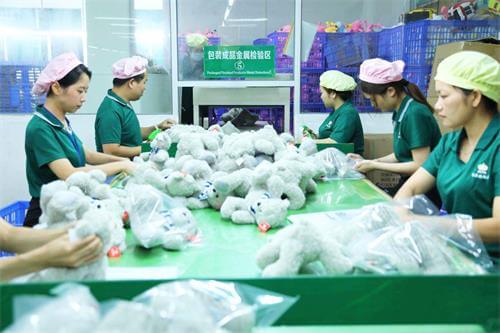
Plush toys are typically made from two main components: the outer fabric and the inner stuffing. The fabric is often soft and plush, designed to create a comforting tactile experience, while the stuffing is used to give the toy its shape, softness, and durability.
Plush toys are made from soft outer fabric like velvet, cotton, or fleece, and stuffed with materials such as polyester, cotton, or memory foam. These components provide comfort, shape, and durability.
- Tejido exterior: The outer fabric is what gives plush toys their signature softness and tactile appeal. Popular fabrics include velboa (a type of polyester), fleece, and cotton, each offering a different feel. Velvet and other luxury fabrics may be used for high-end plush toys, providing an extra touch of luxury.
- Stuffing Materials: The most common stuffing for plush toys is polyester fiber due to its affordability, durability, and softness. Other stuffing materials include cotton, which is natural and hypoallergenic, and memory foam, which is used for added comfort in higher-end or specialty plush toys. Natural stuffing materials like wool are less common but are used for eco-friendly options.
- Additional Features: Some plush toys feature additional filling, such as microbeads or scented fillings, to enhance their sensory appeal. These materials can change the weight, texture, or scent of the toy, making them more engaging for the user.
| Material | Descripción | Common Use |
|---|---|---|
| Poliéster | Synthetic, durable, soft | Most common stuffing material |
| Algodón | Natural, hypoallergenic, breathable | Eco-friendly, often used for babies |
| Memory Foam | Conforms to shape, soft | Used for comfort-focused plush toys |
| Lana | Natural, breathable, hypoallergenic | Luxury or eco-friendly options |
2. How Do Plush Toys Differ from Stuffed Animals?
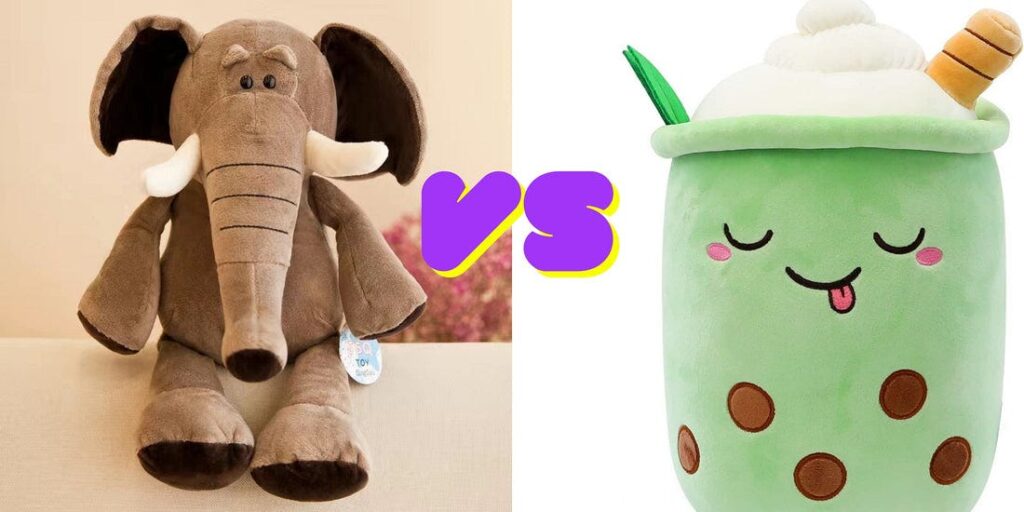
While the terms “plush toys” and “stuffed animals” are often used interchangeably, there are subtle differences between the two. Plush toys are generally softer and more varied in design, while stuffed animals typically resemble real-life creatures more closely.
Plush toys are soft, cuddly items often designed for comfort, while stuffed animals are typically designed to resemble real animals, often with more realistic features.
- Peluches: Plush toys can come in many forms, ranging from animals to abstract shapes and even human figures. They are designed primarily for comfort and emotional connection. Their primary function is to provide comfort, so their shapes can be quite whimsical or fantastical.
- Stuffed Animals: Stuffed animals, on the other hand, are usually designed to resemble real animals, with realistic features like fur, ears, and limbs. They may be educational tools, fostering learning about animals or nature. While they are still cuddly, stuffed animals often have a more traditional design.
- Design and Function: Plush toys often cater to a broader range of creative designs, while stuffed animals are typically more defined by their resemblance to real creatures. For example, a plush toy might be a large stuffed cloud, whereas a stuffed animal would resemble a lion, elephant, or teddy bear.
| Característica | Plush Toy | Stuffed Animal |
|---|---|---|
| Diseño | Abstract or whimsical shapes | Realistic animal representations |
| Propósito | Comfort, emotional support | Learning, companionship |
| Popularity | Common for all ages | Popular for children and collectors |
3. What Is the Cultural Significance of Plush Toys?
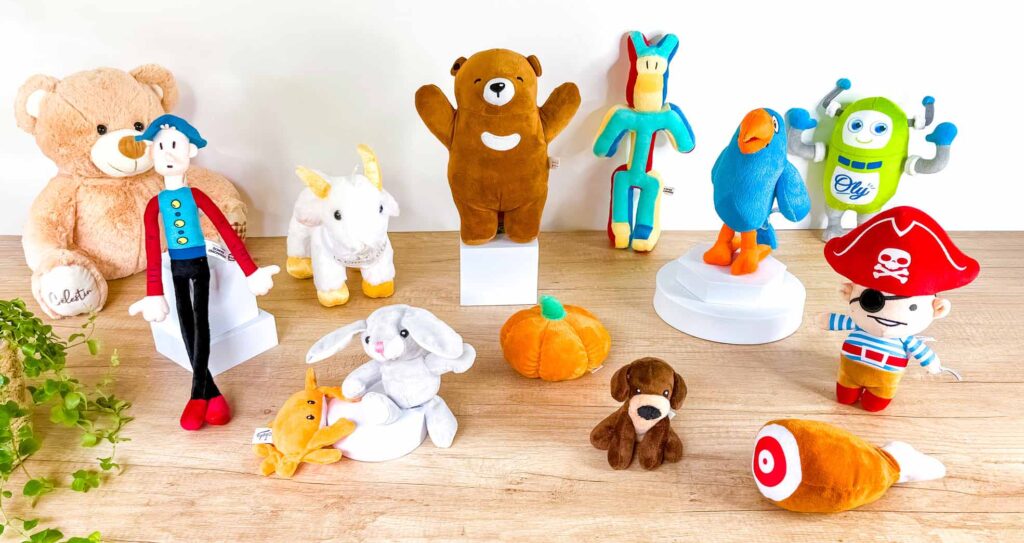
Plush toys hold cultural significance across various societies, serving as symbols of comfort, childhood, and even nostalgia in adulthood. They have appeared in movies, literature, and art, often symbolizing innocence, love, or friendship.
Plush toys have cultural significance as symbols of comfort and nostalgia. They represent childhood, companionship, and emotional security in many cultures.
- Apego emocional: Plush toys often become a child’s first companion. Many children form emotional attachments to their plush toys, which can provide comfort during stressful times. This bond can last into adulthood, with plush toys sometimes representing cherished memories or a symbol of affection.
- Cultural Representations: In various cultures, plush toys are seen as symbols of love and care. They are often given as gifts to express affection, whether as a birthday gift, a token of support, or a celebration of a special moment. The enduring popularity of brands like the Teddy bear shows how plush toys can become iconic symbols of comfort.
- Plush Toys in Media: From iconic characters like Winnie the Pooh to the more recent plush toys in animated films like Toy Story, plush toys have been prominently featured in media, reinforcing their status as symbols of comfort and companionship. These toys are often shown as central to the emotional arcs of characters, helping them grow, learn, or overcome challenges.
| Cultural Symbolism | Plush Toy | Stuffed Animal |
|---|---|---|
| Apego emocional | Represent love, comfort, and support | Represents companionship, learning |
| Popularity in Media | Frequently seen in movies and stories | Often used as a source of nostalgia |
| Gifting Tradition | Given during celebrations and milestones | Given as a token of love or comfort |
4. Are Plush Toys Safe for Children?
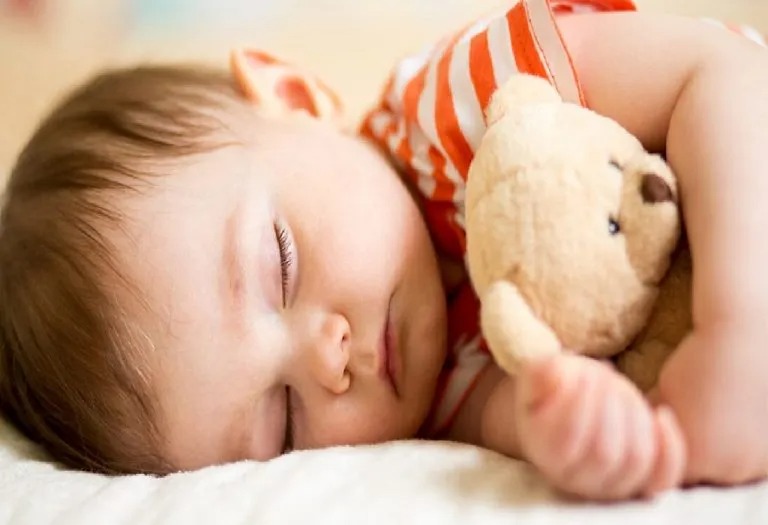
Safety is a primary concern for parents when selecting plush toys for their children. Many plush toys are designed to meet strict safety standards to ensure they are free from harmful chemicals and small, detachable parts that could pose a choking hazard.
Plush toys are generally safe for children, especially those made from non-toxic materials and adhering to safety standards. Look for certifications like CE and ASTM F963 for reassurance.
- Safety Regulations: Plush toys are subject to rigorous safety standards to ensure they don’t pose risks like choking or exposure to toxic substances. For instance, the American Society for Testing and Materials (ASTM) provides guidelines for toy safety that manufacturers must follow, including testing for small parts and harmful chemicals.
- Materials and Safety: Toys made from synthetic fibers like polyester are generally safe, but it’s important to choose those that are free from harmful chemicals like phthalates or lead. Many plush toys are now labeled with safety certifications such as CE (European Conformity) or ASTM F963 (US Consumer Product Safety Commission guidelines), which assure that the toy is safe for children.
- Peligro de asfixia: Plush toys designed for younger children often avoid small detachable parts like buttons, beads, or zippers to eliminate the risk of choking. Additionally, these toys are often machine washable for easy cleaning, which adds to their safety and hygiene.
| Dispositivo de seguridad | Plush Toy | Stuffed Animal |
|---|---|---|
| Certificaciones de seguridad | CE, ASTM F963 | CE, ASTM F963 |
| Seguridad de los materiales | Non-toxic, hypoallergenic options | Often non-toxic, but check labels |
| Peligro de asfixia | No small detachable parts | May have detachable parts in some designs |
5. How Are Plush Toys Made? The Manufacturing Process
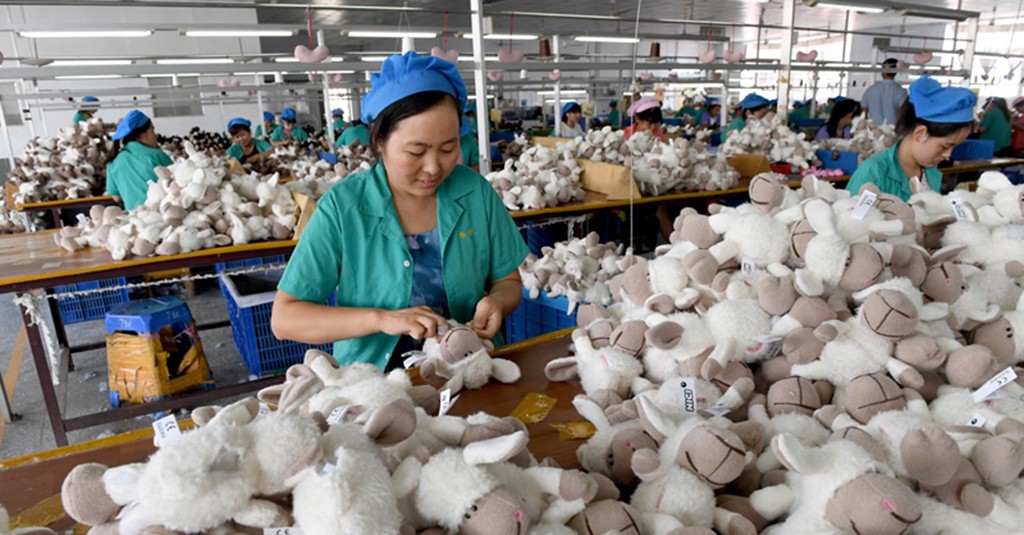
Creating a plush toy involves a multi-step process that includes design, fabric selection, cutting, stuffing, and final inspection. Understanding this process can give you a deeper appreciation for the craftsmanship that goes into each toy.
Plush toys are made through a process involving design, fabric selection, cutting, sewing, and stuffing. High-quality toys go through strict quality checks to ensure they meet safety standards.
- Diseño y creación de prototipos: The first step in creating a plush toy is designing it. This can be done manually by designers or with the help of digital design tools. Prototypes are created to test the shape, size, and feel of the toy.
- Fabric and Stuffing Selection: Once the design is finalized, manufacturers select the fabric and stuffing materials. The fabric is cut into the desired shapes, and the stuffing is carefully inserted. Depending on the design, the stuffing can be polyester fiber, cotton, or other materials like memory foam.
- Sewing and Detailing: The fabric pieces are sewn together, with attention paid to details like stitching strength, seams, and the attachment of eyes and other small parts. Some plush toys also feature embroidery for personalization.
- Final Quality Checks: After the toy is sewn and stuffed, it goes through rigorous quality control checks to ensure it meets safety standards. This includes testing for small parts, stitching strength, and any potential hazards.
| Paso | Process Description |
|---|---|
| Diseño y creación de prototipos | Concept design, 3D rendering, and prototype creation |
| Fabric & Stuffing | Selection of fabric and stuffing, followed by cutting |
| Sewing & Detailing | Stitching and adding small parts (e.g., eyes, nose) |
| Quality Checks | Ensuring safety standards and final inspection |
6. Which Plush Toys Are Most Popular Today?
The most popular plush toys tend to be those that are either highly collectible or connected to well-known brands and characters. For example, plush toys based on famous movies, television shows, or video games are often in high demand.
Today’s most popular plush toys include character-based toys, such as those from Disney or other major franchises, as well as high-quality, limited-edition collectible toys.
- Licensed Characters: Many plush toys today are based on popular characters from TV shows, movies, or video games. Disney characters, such as Mickey Mouse and Winnie the Pooh, have been favorites for decades. These toys often carry significant sentimental value and are sought after by collectors.
- Educational Plush Toys: Toys that provide educational value, like those that teach children about animals or the alphabet, are becoming increasingly popular. These toys often combine comfort with learning, helping children develop important skills in a fun and engaging way.
- Collectible Plush Toys: Limited-edition plush toys and those produced by high-end manufacturers, such as Steiff, are highly coveted by collectors. These toys are often handmade and come with a premium price tag.
| Tipo de juguete | Popularity Reason | Examples |
|---|---|---|
| Licensed Characters | Tied to beloved franchises or brands | Mickey Mouse, Toy Story Characters |
| Educational Plush | Combines fun with learning | Alphabet toys, animal plush toys |
| Collectible Plush | Limited edition, high quality | Steiff bears, designer plush toys |
Conclusión
Plush toys have become cherished companions for both children and adults, offering comfort, security, and even nostalgia. Whether made from synthetic materials like polyester or natural fibers like cotton, these toys provide emotional support and play a significant role in childhood development.
At Kinwin, we specialize in producing high-quality, eco-friendly plush toys that meet the highest standards of craftsmanship. If you’re looking for personalized or custom plush toys, contact us today to request a quote or learn more about our offerings!

